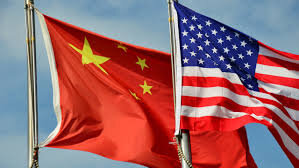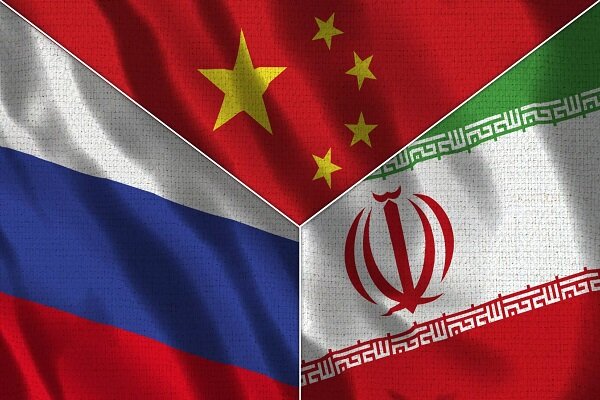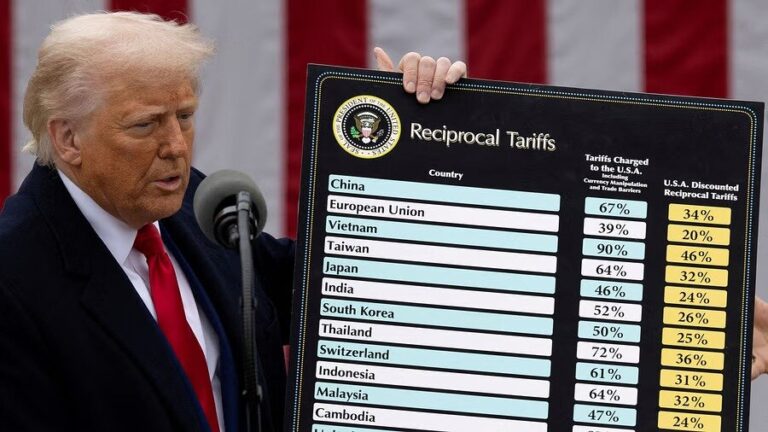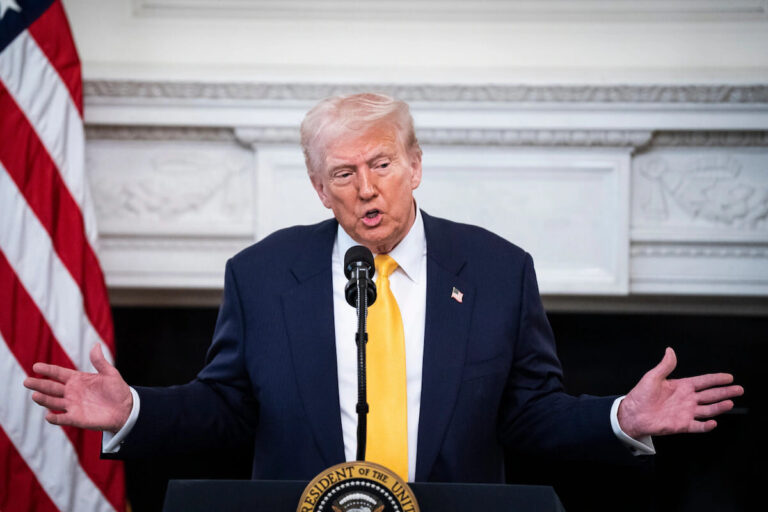China Strikes Back: How Trump’s Tariffs Sparked a Trade Battle
In a significant response to recent economic tensions, Beijing unveiled a comprehensive set of economic measures targeting the United States on Tuesday. This move follows US President Donald Trump’s decision to impose a 10% tariff on Chinese imports. The new tariffs and regulations are designed to counteract the impact of the US’s trade policies and have far-reaching implications for both countries.
The latest duties, announced by China’s Ministry of Finance, include:
- A 15% tax on specific types of coal and liquefied natural gas.
- A 10% tariff on crude oil, agricultural machinery, large-displacement cars, and pickup trucks.
These measures are set to take effect on February 10. Additionally, the Ministry of Commerce, along with China’s customs administration, has implemented new export controls on more than two dozen metal products and related technologies. These controls specifically target:
- Tungsten: A crucial mineral often utilized in industrial and defense applications.
- Tellurium: A metal that can be used in the production of solar cells.
In a notable development, the Ministry of Commerce has added two American companies—biotech firm Illumina and fashion retailer PVH Group (which owns Calvin Klein and Tommy Hilfiger)—to its unreliable entities list. This designation was made based on claims that these companies “violated normal market trading principles.”
A spokesperson from the Ministry of Commerce stated that PVH had discriminated against and interfered with the operations of Chinese companies. However, no specific instances of these violations were detailed. In response, PVH expressed its disappointment with the decision and indicated a willingness to engage with Chinese authorities to resolve the matter.
On a related note, China’s State Administration for Market Regulation announced an investigation into Google for suspected violations of anti-monopoly laws. Notably, Google’s search engine is not accessible in China, and its operations within the country are minimal.
These announcements coincide with the implementation of a broad-based 10% tariff on Chinese imports to the United States, which took effect over the weekend. The timing of these measures signifies the escalating trade war between the two nations.
The impact of China’s recent measures on the US economy and businesses may be variable. For instance, according to estimates from 2020, China dominates the global market for tungsten concentrates, accounting for over 80% of worldwide production. While the items subjected to tariffs represent a relatively small portion of overall bilateral trade, their strategic significance cannot be overlooked.
In conclusion, the escalating trade tensions between the United States and China continue to unfold, with both nations taking steps to protect their economic interests. As each country implements its respective tariffs and controls, the global market watches closely, anticipating the potential ramifications of these actions.






